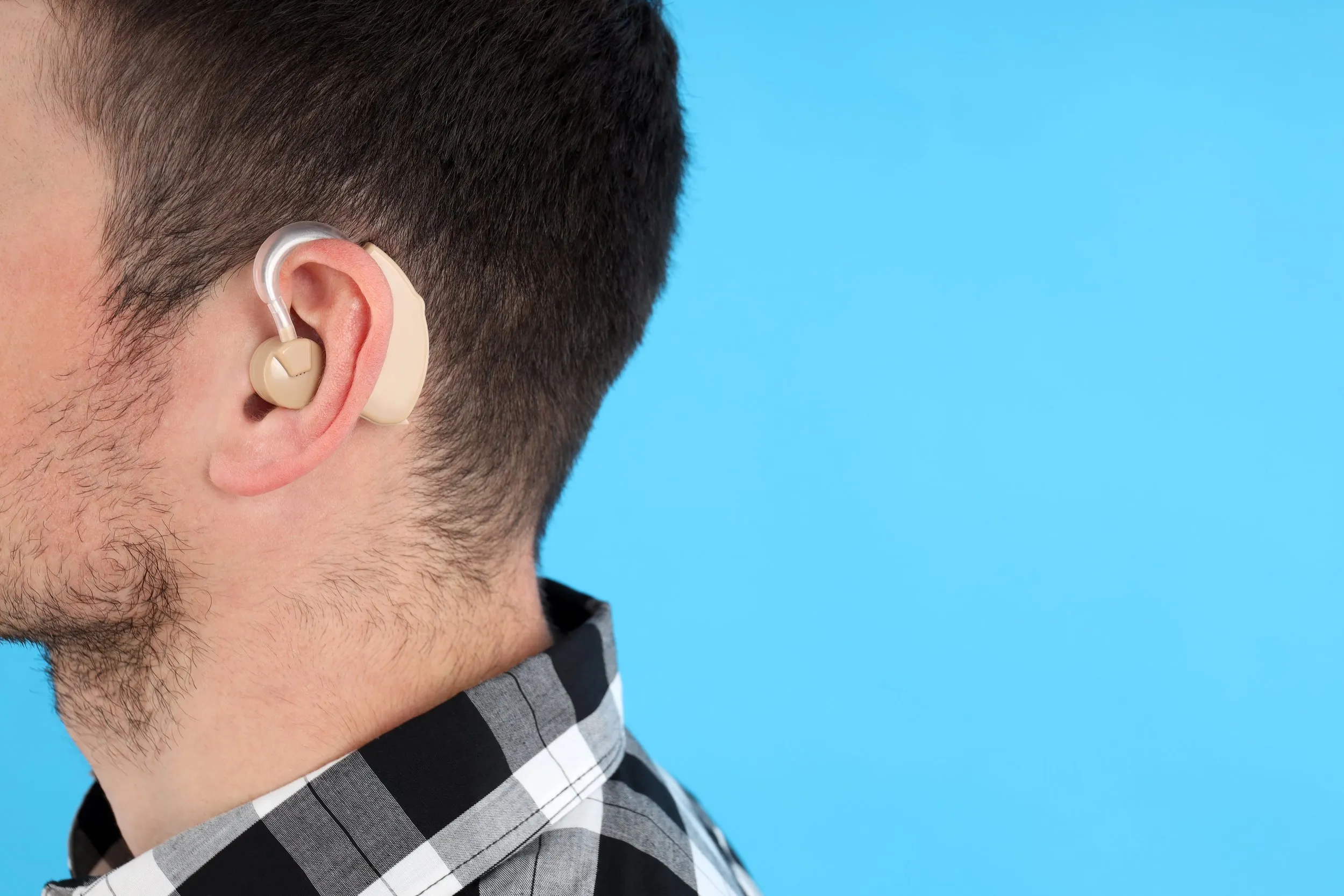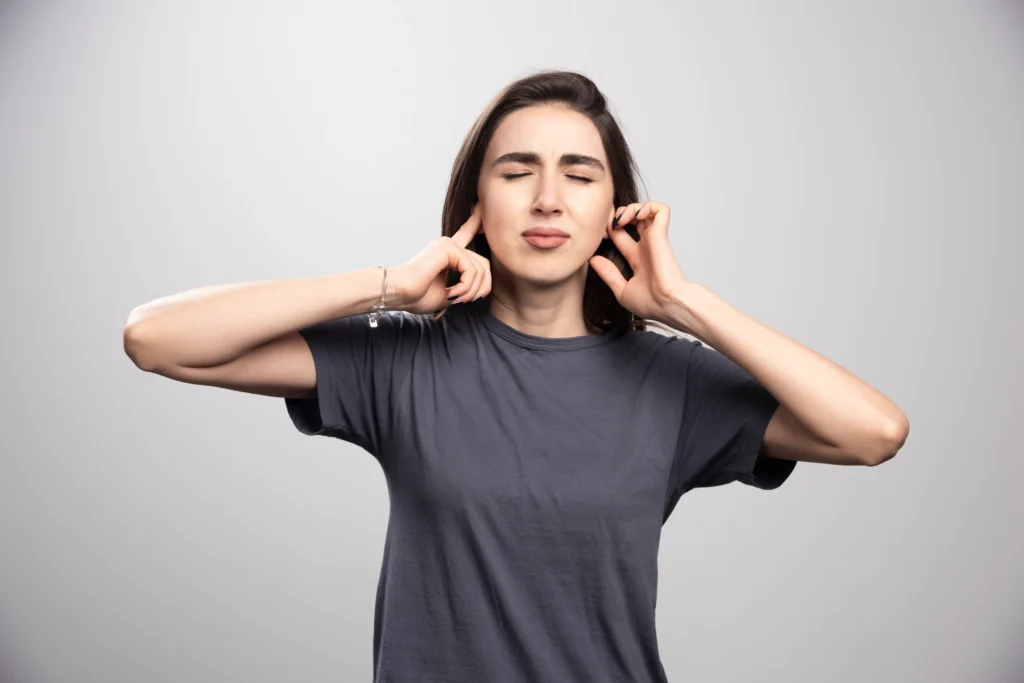When it comes to hearing protection, earplugs are one of the most popular options. Offering the ability to comprehensively block sound and preserve hearing health, along with easy portability, it is no surprise that earplugs enjoy such prominence. But to enjoy these benefits, it is important to find the right kind of earplugs for you.
In doing so, comfort should always be a paramount concern. When earplugs are comfortable, they are easy to wear, almost to the point that you will not even notice you have them in. In an effort to help you find the best pair possible, below, we’ve looked further into the need for earplugs, the materials used and provided insights that can help you to decide which may suit you best.
The necessity of earplugs
For the majority of people, hearing loss is associated with the aging process; and there is no doubt that age has a role to play in the condition. However, age isn’t the only factor that can impact your ability to hear; noise is actually a considerable concern, as well.
Noise-induced hearing loss is a term used to describe hearing loss where it is thought that exposure to loud noises (usually over 85 decibels) has caused the condition. People who work in industrial settings or are frequently exposed to loud music, such as musicians, are amongst the most likely to experience noise-induced hearing loss; but the condition can occur in anyone who is regularly exposed to high volumes.
As with age-related hearing loss, noise-induced hearing loss is not usually considered to be reversible. As a result, audiologists recommend that people use hearing protection when they will be attending events or engaging activities where exposure to loud noise is likely.
The different types of earplugs
Foam earplugs are arguably the most common type of earplugs. A soft foam – which can be standard or memory foam – is placed over the ears and expands to block sound. Foam earplugs are available both as single-use options, which can be rather flimsy, as well as reusables.
Silicone earplugs are a relatively new innovation, but offer a genuine alternative to foam. There are two different types of silicone earplugs; molded designs when are placed into the ear directly, and putty designs. Putty designs tend to need to be softened first – usually just by being rolled in the wearer’s hands before use – and are then placed over the ear to block sound. Some types of silicone earplugs can withstand several uses before needing to be replaced, though the putty variety tends to only be recommended for a single use.
Another, option to consider, albeit less common, is wax earplugs. This type of earplug works in a similar way to the silicone putty option; the wax is first softened and then placed over the ear canal, blocking sound.
Finally, plastic options – which are similar to molded silicone earplugs – can also be used, though these are less common.
Which earplugs are the most comfortable?
It is impossible to conclude which earplugs can be considered the most comfortable for everyone – as with anything related to comfort, there is an element of subjectivity involved. For example, people find that foam earplugs are preferable due to their natural softness; others find foam slightly irritating – and perceptions of the other types of earplugs tend to differ in the same way. As a result of this subjectivity, your goal is ultimately to find the type of earplug that you, personally, find is the most comfortable to wear – there’s simply no universal earplug that is guaranteed to be loved by all.
To find the earplugs that you find most comfortable, purchase a pair of the type of earplugs you believe – based on the overview above – may be the most comfortable for you. If this first pair is comfortable and you are happy to wear them whenever you are in a noisy environment, then you can continue to repurchase these in future. However, if you experience issues such as irritation, then move to the next material and see if the issue improves.
If you cannot find a pair that you find comfortable to wear – or you just want to find a great pair without a long period of experimenting with different materials – then there is another option to consider: you could discuss customized earplugs with your audiologist. As customized earplugs are specifically designed for you based on the exact physiology of your ears, most people find that they are more comfortable than standard, one-size-fits-all options that are available in stores.
To learn more about Adirondack Audiology and how we can help you find the right ear protection, please contact our office today at +1 (802) 922-9545.
FAQs
- What materials are earplugs made from?
Common earplugs are made of soft foam (expanding foam inserted in the ear) or silicone (molded or putty types) .Other types include wax (softened and molded in the ear) or plastic plugs. Each material blocks noise differently. Foam and silicone are most popular, with silicone putty often for single-use. - Which earplugs tend to be most comfortable?
Comfort is subjective. Many people find foam plugs very soft and comfortable, but some prefer silicone or wax because foam can be irritating to certain ears. There is no one-size-fits-all: the best plug is the one you find comfortable. Try different types to see which you forget you’re wearing. - How can I find a truly comfortable earplug?
Experiment with different styles and materials. Buy a pair of one type (foam, silicone, wax) you think might suit you and test them. If they irritate, try another type. For ultimate comfort, consider custom-molded plugs made by an audiologist – they are tailored to your ear shape and often feel the best - Do custom-molded earplugs help with comfort?
Yes. Custom earplugs are made from an impression of your own ear canals, so they fit perfectly. Most people find these far more comfortable than off-the-shelf plugs because they match the exact ear shape. They also provide excellent noise reduction. - Why should I wear earplugs at loud events?
Prolonged exposure to noise above ~85 dB (e.g. concerts, power tools) can damage hearing. Earplugs protect against noise-induced hearing loss. Using comfortable earplugs whenever you expect loud noise helps preserve hearing for the long term.









